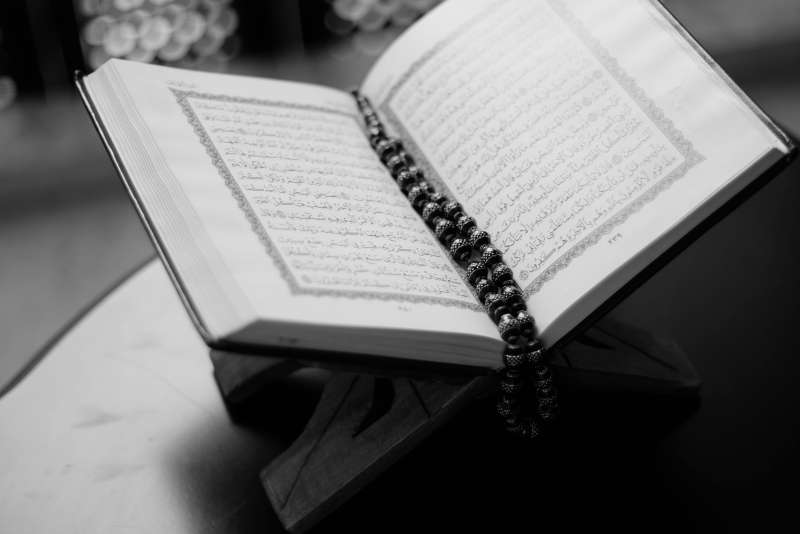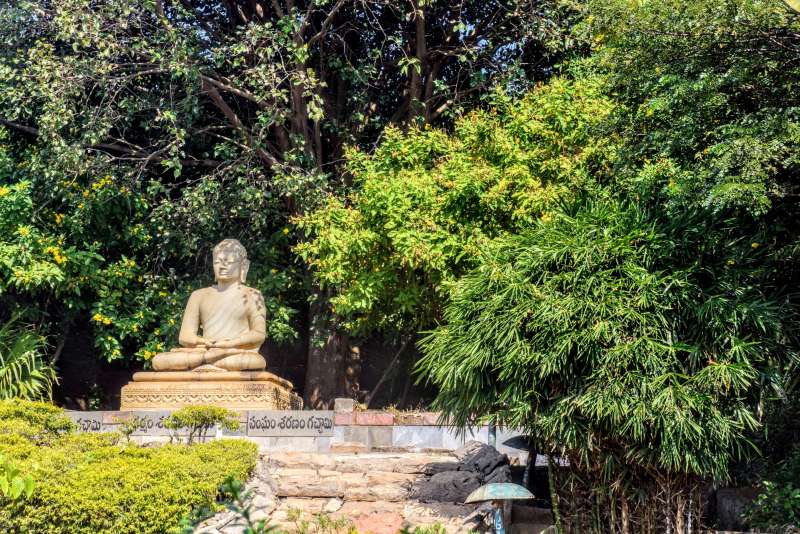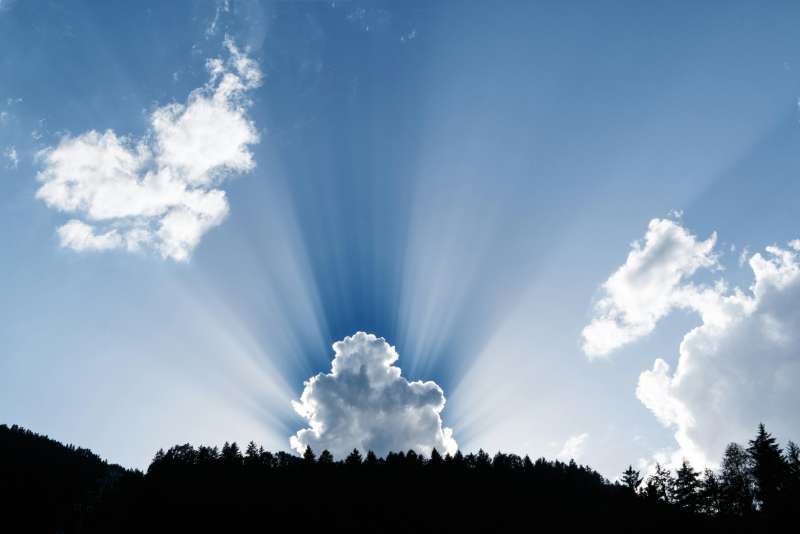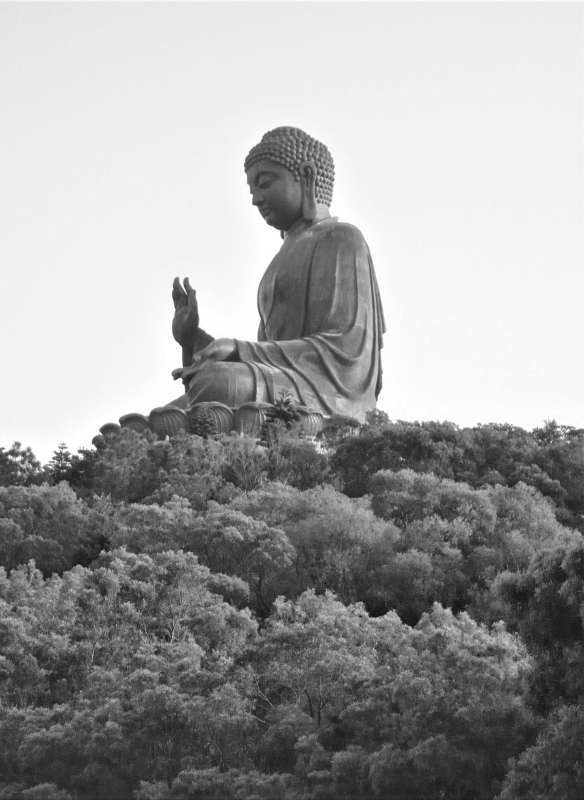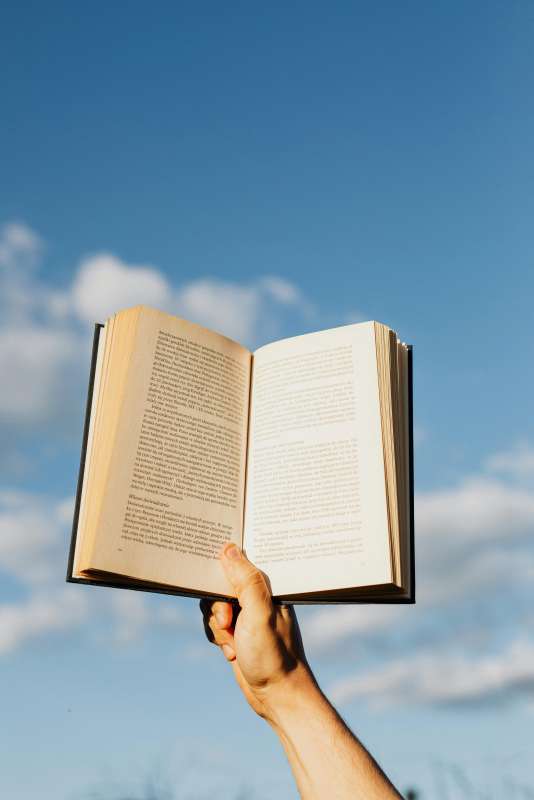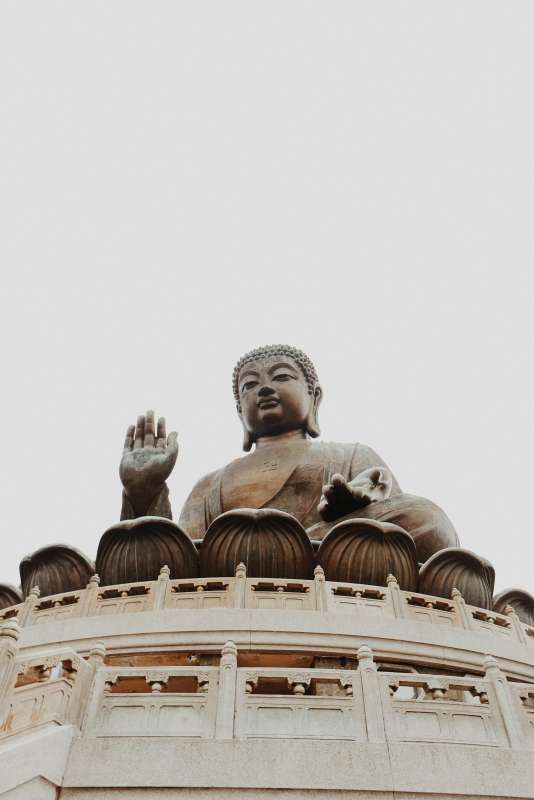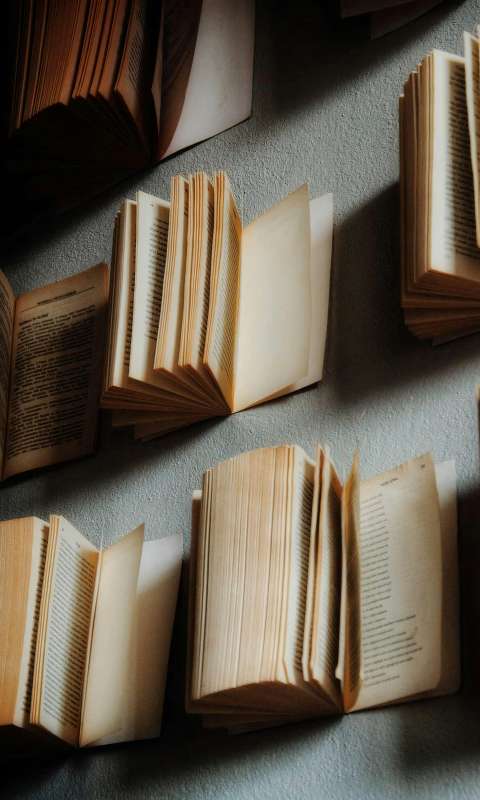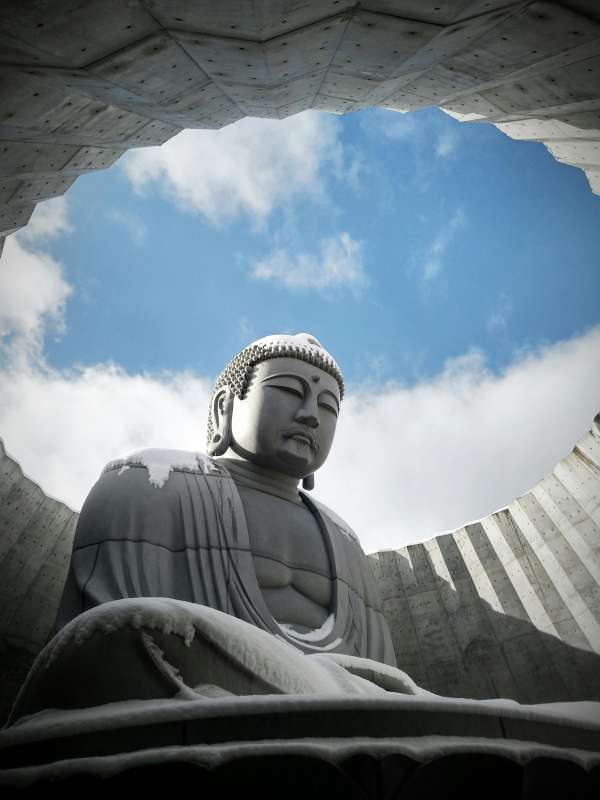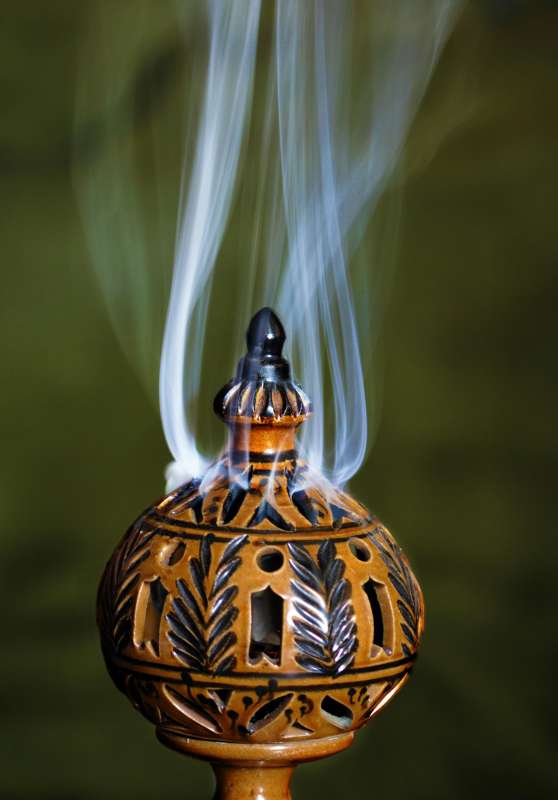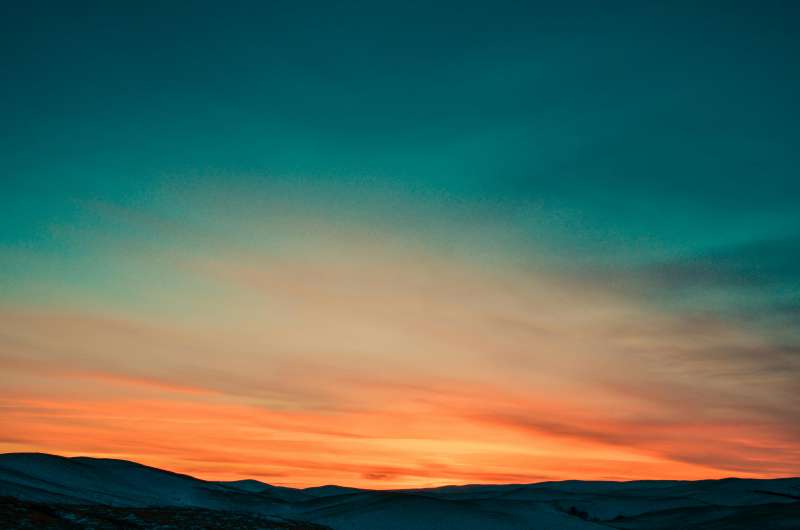Ramadan Under the Baobab: Fasting Traditions in the Rural Heartlands of Burkina Faso
Published on: May 1, 2025
Between Faith and Earth: Ramadan Begins in Rural Burkina Faso
In early March 2025, as the first crescent of the Islamic month of Ramadan is sighted, a familiar hush descends across the sunbaked villages of Burkina Faso. In these remote settlements, the vast branches of the baobab tree stand sentinel, witnessing a yearly cycle of endurance, devotion, and community. For observant Muslims here, fasting is both a spiritual test and a profound communal practice, woven deeply into the fabric of daily life even amid the hardships of rural existence.
The Landscape: Life Shaped by Scarcity
Burkina Faso, a landlocked West African country, endures a long dry season from November to May, punctuated by searing heat and limited rainfall. In rural areas—such as those in the Sahel region—access to potable water, sufficient food, and healthcare is often precarious. Many villagers rely on subsistence farming, growing millet, sorghum, maize, and peanuts. According to UNICEF and the World Food Programme, as of 2024, more than 40% of the rural population live in poverty, with limited infrastructure and significant challenges to food security.
The baobab tree, with its thick, water-storing trunk, is ubiquitous and essential. It provides shade, edible leaves, fruit, and sometimes a meeting place for community gatherings. During Ramadan, it becomes a symbol of shelter—both spiritual and physical—for fasting men, women, and children.
Unique Challenges of Rural Fasting
- Water Scarcity: Fasting without water in Burkina Faso’s heat is a trial of physical limits. Women and children may walk several kilometers to the nearest borehole or river at dawn to collect enough water for pre-dawn meals (suhoor) and the evening break (iftar).
- Food Insecurity: With limited access to markets or refrigeration, preparing the traditional Ramadan evening meal can be difficult. Many families rely on stored grains and gather wild baobab leaves or fruits to supplement their diet.
- Health Risks: In communities where malnutrition and malaria are endemic, fasting can be dangerous, particularly for the elderly, pregnant women, or those with chronic illnesses. Village imams, drawing from Islamic jurisprudence, often counsel those at risk to modify or delay their fast as needed.
Faith as a Source of Resilience
For Fati Ouedraogo, a 17-year-old from the village of Toma in Nayala Province, Ramadan is a test that brings pride and connection: “When I fast, I remember those who have less than us, even though we have little. Breaking the fast under the baobab with neighbors is a time of peace.” Daily routines shift to conserve energy and maximize time for prayer, Quranic recitation, and reflection. Despite harsh conditions, communal meals and nightly prayers (tarawih) become moments of joy and solidarity.
Communal Support: The Spirit of Sharing
In these villages, Ramadan amplifies a powerful ethic of mutual aid. Mothers cook together, pooling resources to ensure that everyone, including the poorest and the orphans, has enough for iftar. It is common for multiple families to gather beneath a baobab tree, sharing dates, millet porridge, “to” (a paste made from ground grains), or bean cakes known as “kosai.”
Local mosques, often simple mud structures adorned with woven mats, serve as focal points. The muezzin’s call is both ritual and rallying cry, drawing villagers from their fields and homesteads to join in collective worship and breaking of the fast. The sharing extends beyond food—men organize to dig wells, while women form rotating funds to help each other buy oil, sugar, or soap for Ramadan preparations.
Beneath the Baobab: An Evening Gathering
Baba Diallo, the village elder in Gourcy, recounts a story from Ramadan 2023: “There was a year when almost nothing grew because the rains did not come. But under the baobab, every evening, each person brought what they had—a handful of peanuts, some baobab fruit, a calabash of water. No one went hungry. It is in Ramadan that we remember: what we give is more important than what we eat.”
Passing the Torch: Ramadan for the Young
Young people in these villages see Ramadan as an important milestone. Traditionally, children begin to fast partially from the age of seven, eventually building up to a full fast by their early teens. Along with elders, they attend Quranic schools (madrassas) in the shade of the baobab, memorizing surahs and practicing prayers. In some villages, older youths are responsible for organizing communal charity—distributing food or fetching water for those unable to do so themselves.
For many, this period is also a time to reaffirm their Muslim identity in the face of challenges from outside traditions or modern distractions. Ramadan activities—moon sighting, lantern-crafting, special prayers—connect the young with the ancestral past and reinforce their place within a broader umma (Muslim community).
Women at the Heart of Ramadan
Across Burkina Faso, women anchor Ramadan observance. Rising long before dawn, they prepare the hearty millet gruels or yam porridge that will sustain their families through the day. They are also bearers of ancient recipes passed from mother to daughter, such as cooked baobab leaves with groundnut paste or sweetened millet balls flavored with local honey.
During Ramadan, women’s groups—sometimes associated with Islamic associations or informal “tontines”—offer support for new mothers or those with sick children. These networks mirror the communal ethic celebrated in Islam’s sacred texts while addressing the immediate needs of rural living.
Mosques and Sacred Spaces
Most rural mosques in Burkina Faso are modest, often thatched or built from sunbaked mud bricks, but rich in community spirit. During Ramadan, these are not just places for prayer; they also host Quranic readings, marriage announcements, and social mediation.
- Friday Prayers (Jumu’ah): Fridays during Ramadan draw larger crowds from surrounding hamlets. It’s also a time for local imams to remind villagers of the communal obligations—zakat (charity), forgiveness, and peacemaking—that define spiritual life in a tightly-knit society.
- Nightly Tarawih: After breaking the fast, villagers gather again for long evening prayers. Sometimes these take place outdoors beneath the stars, with the giant baobab lending its presence to the scene.
Meals that Nourish Body and Soul
| Food | Description | Ramadan Use |
|---|---|---|
| To (Millet Paste) | Staple dish made from millet or sorghum flour, boiled to a thick consistency | Main dish for both suhoor and iftar due to its filling nature |
| Baobab Leaf Sauce | Local sauce made from protein-rich baobab leaves, often thickened with peanuts | Served to accompany grains, prized for nutrients |
| Kosai | Deep-fried bean cakes | Popular snack for breaking the fast |
| Farinaceous Porridge | Porridge made from millet, maize, or rice, sweetened with honey | Traditionally served at dawn for energy and hydration |
| Baobab Fruit | Vitamin-rich fruit, sometimes used in drinks or as a sweet snack | Consumed during Ramadan for its refreshing properties |
| Dates (imported) | Dried dates, sometimes imported via local Islamic charities | Sunnah to break the fast; often a luxury in rural areas |
Meals are humble but hearty. The taste of baobab leaves, nutty and slightly sour, is tied to Ramadan for many children. Older villagers recall times when all they had to eat was a few pieces of baobab fruit and some water, underscoring the festival's lessons of humility and gratitude.
Cultural Adaptation: Melding Islam with Local Traditions
Islam in Burkina Faso arrived through a centuries-old process of conversion, trade, and migration beginning in the 15th century. Many village practices during Ramadan reflect this syncretism. Under the baobab, traditional griots (storytellers) sometimes recite both Quranic verses and ancestral tales, emphasizing themes of mercy and endurance. Some elders blend prayers for rain and good harvests—rooted in indigenous beliefs—with the formal supplications of Ramadan.
Muslim identity in rural Burkina Faso is thus not monolithic but layered—expressed in how a meal is shared, how a story is told, and how a fast is kept. The annual gathering beneath the baobab reinforces not only religious but also cultural belonging.
Community Health and Fasting: Negotiating Faith and Safety
Local clinics, run by small health NGOs or government outreach teams, provide guidance on safe fasting, especially for pregnant women and people with chronic conditions. Leaflets in Moore, Dioula, and Fulfulde—the main local languages—explain exceptions allowed by Islamic law, such as making up missed fasts or providing food for the needy in lieu of fasting.
Village midwives and traditional healers work alongside religious leaders in balancing medical realities with religious obligations, ensuring that Ramadan remains both a time of spiritual elevation and communal well-being.
Charity and Zakat: Ramadan as the Time of Giving
Zakat, or obligatory almsgiving, becomes especially important in rural Burkina Faso, where formal safety nets are weak. During Ramadan, well-off villagers who have migrated to cities or even Europe often send remittances home specifically for Ramadan charity. Local committees, usually led by the mosque imam and respected elders, identify the neediest—the elderly, widows, and displaced farmers—to receive food packages or modest cash donations.
- Some mosques cooperate with international aid organizations, like Islamic Relief or Plan International, to distribute basic staples and school supplies alongside Ramadan meals.
- In years of drought or shortage, the Ramadan zakat distribution is sometimes the only guarantee of a balanced meal for struggling families.
Festivities, Music, and Reflection
Despite the rigors of fasting, the month is marked by periods of festivity and music. Drumming circles and choral groups perform spiritual songs during the evenings. The blowing of local trumpets—used to signal the end of fasting—rings across the fields at sunset.
Many villages organize a communal recitation of the Quran’s final juz’ (section) during the last nights of Ramadan. The Laylat al-Qadr, or Night of Power, is observed with intense prayer and storytelling beneath the baobab, as villagers of every age take turns reciting or reflecting on the teachings of the Prophet Muhammad (peace be upon him).
Facing Modernity and Change
Rural life in Burkina Faso is changing, with increased connectivity through mobile phones and solar-powered radios. These new technologies let villagers know the precise moments for suhoor and iftar, airing Quranic recitations from Ouagadougou or Mecca. Youths use WhatsApp to coordinate charity or share inspirational Ramadan messages with relatives in the cities and diaspora.
Still, even as young people leave for urban work, the pull of Ramadan brings many home each year, re-establishing connections with grandparents and participating in the rituals of their childhood. “No matter where we live or work, Ramadan is our time to return to the baobab,” says Mariam Traore, a student in Bobo-Dioulasso who travels over 300 km home each year for the holy month.
After Ramadan: Eid and Enduring Bonds
At the end of Ramadan, Eid al-Fitr is marked with early morning prayers in open fields, followed by feasts of grilled meat, sweet fritters, and millet cakes. New clothes are donned, gifts exchanged, and disputes from previous months are settled as part of the celebrations. Elders bless the young, and community leaders organize feasts for all, ensuring no one is left out.
The baobab, meanwhile, stands unchanged—a witness to generations who fasted, struggled, and celebrated beneath its shade. Ramadan in rural Burkina Faso is a story of adaptation and resilience, a testament to faith that flourishes even where resources are few, but where the spirit of community is abundant and enduring.
